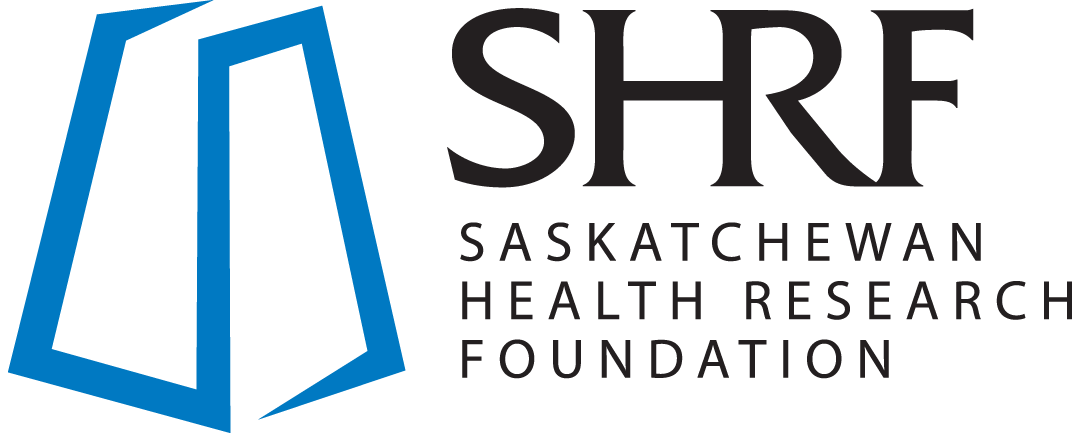What is ERAS?
ERAS stands for Enhanced Recovery After Surgery. The ERAS program has been adopted across Canada and internationally. ERAS pathways use evidence from research, and patient experiences to create new education programs and protocols that improve surgical care and recovery. The ERAS pathway is being used for many types of surgery, and research demonstrates that these pathways reduce complications and improve recovery after surgery.
What is Cardiac ERAS?
Cardiac ERAS uses ERAS guidelines, protocols, and interventions created specifically for patients requiring heart (cardiac) surgery that are designed to improve patient care, before, during and after heart surgery. The benefits of Cardiac ERAS can include lower complications from surgery, decreased pain, reduced length of time in the hospital, faster recovery, decreased costs of care, and improved patient satisfaction. ERAS pathways also include patient and family education on ways to improve the patient’s overall health before and after surgery through changes in lifestyle, diet and exercise. These changes can lead to decreased pain, inflammation, and the overall risk of complications.
Thank you to our generous sponsors:
1. Salenger R, Morton-Bailey V, Grant M, Gregory A, Williams JB, Engelman DT. Cardiac Enhanced Recovery After Surgery: A Guide to Team Building and Successful Implementation. Semin Thorac Cardiovasc Surg. 2020;32(2):187-196. doi:10.1053/j.semtcvs.2020.02.029
2. Gregory AJ, Grant MC, Boyle E, et al. Cardiac Surgery-Enhanced Recovery Programs Modified for COVID-19: Key Steps to Preserve Resources, Manage Caseload Backlog, and Improve Patient Outcomes. J Cardiothorac Vasc Anesth. 2020;34(12):3218-3224. doi:10.1053/j.jvca.2020.08.007
3. Fleming IO, Garratt C, Guha R, et al. Aggregation of Marginal Gains in Cardiac Surgery: Feasibility of a Perioperative Care Bundle for Enhanced Recovery in Cardiac Surgical Patients. J Cardiothorac Vasc Anesth. 2016;30(3):665-670. doi:10.1053/j.jvca.2016.01.017
4. Grant MC, Isada T, Ruzankin P, et al. Results from an enhanced recovery program for cardiac surgery. J Thorac Cardiovasc Surg. 2020;159(4):1393-1402.e7. doi:10.1016/j.jtcvs.2019.05.035
5. Li M, Zhang J, Gan TJ, et al. Enhanced recovery after surgery pathway for patients undergoing cardiac surgery: A randomized clinical trial. Eur J Cardio-thoracic Surg. 2018;54(3):491-497. doi:10.1093/ejcts/ezy100
6. Williams JB, McConnell G, Allender JE, et al. One-year results from the first US-based enhanced recovery after cardiac surgery (ERAS Cardiac) program. J Thorac Cardiovasc Surg. 2019;157(5):1881-1888. doi:10.1016/j.jtcvs.2018.10.164
7. Zaouter C, Oses P, Assatourian S, Labrousse L, Rémy A, Ouattara A. Reduced Length of Hospital Stay for Cardiac Surgery—Implementing an Optimized Perioperative Pathway: Prospective Evaluation of an Enhanced Recovery After Surgery Program Designed for Mini-Invasive Aortic Valve Replacement. J Cardiothorac Vasc Anesth. 2019;33(11):3010-3019. doi:10.1053/j.jvca.2019.05.006
8. Engelman DT, Ben Ali W, Williams JB, et al. Guidelines for Perioperative Care in Cardiac Surgery: Enhanced Recovery after Surgery Society Recommendations. JAMA Surg. 2019;154(8):755-766. doi:10.1001/jamasurg.2019.1153
9. Ljungqvist O, Scott M, Fearon KC. Enhanced recovery after surgery a review. JAMA Surg. 2017;152(3):292-298. doi:10.1001/jamasurg.2016.4952
10. Surgical Information System. Surgical Patient Information Management Saskatchewan Health Authority. Accessed June 15, 2021. http://www.sasksurgery.ca/provider/sis.html
11. Specialist Directory - Saskatchewan Surgeons - Health - Government of Saskatchewan. Accessed June 15, 2021. http://specialists.health.gov.sk.ca/
12. Al-Omary MS, Williams T, Brienesse SC, et al. Impact of Delay in Surgery on Outcome in Patients Undergoing Cardiac Revascularisation Surgery. Hear Lung Circ. 2021;30(6):888-895. doi:10.1016/j.hlc.2020.09.935
13. Légaré JF, Li D, Buth KJ. How established wait time benchmarks significantly underestimate total wait times for cardiac surgery. Can J Cardiol. 2010;26(1). doi:10.1016/S0828-282X(10)70337-8
14. Graham MM, Knudtson ML, O’Neill BJ, Ross DB. Treating the right patient at the right time: Access to cardiac catheterization, percutaneous coronary intervention and cardiac surgery. Can J Cardiol. 2006;22(8):679-683. doi:10.1016/S0828-282X(06)70936-9
15. Head SJ, da Costa BR, Beumer B, et al. Adverse events while awaiting myocardial revascularization: A systematic review and meta-analysis. Eur J Cardio-thoracic Surg. 2017;52(2):206-217. doi:10.1093/ejcts/ezx115



